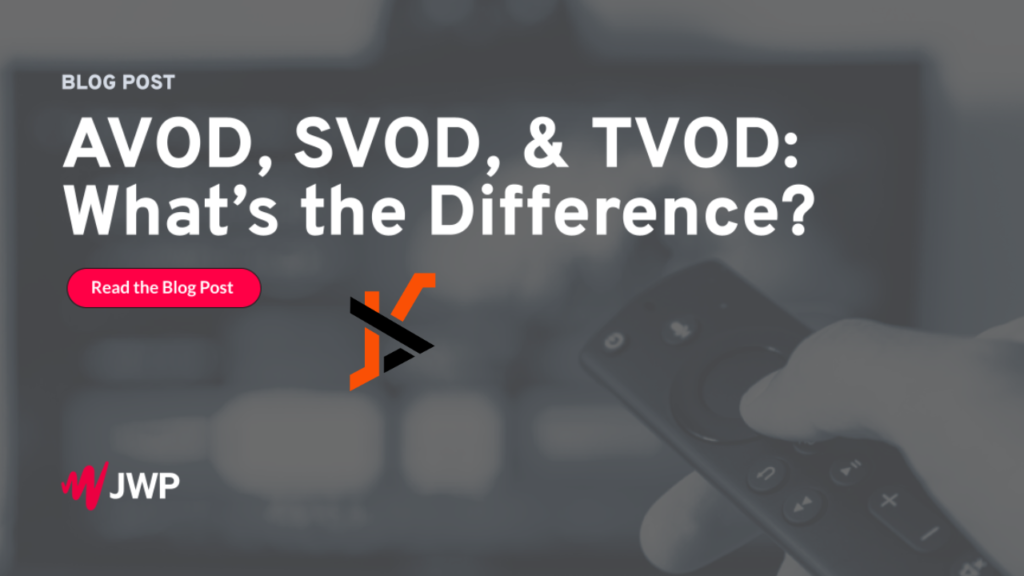Streaming services have been a game-changer, saving us from cable contracts and offering content on our terms (thank you, Netflix). But with so many subscription-based video-on-demand (SVOD) platforms now vying for our wallets, are we hitting a breaking point? Enter ad-supported video-on-demand (AVOD)—a model that lets users watch for free or at a lower cost in exchange for a few commercials.
Today, we’re unpacking why AVOD is challenging the SVOD model and what it means for digital consumers like you. If you’ve canceled a streaming platform recently, or peeked nervously at your monthly subscriptions bill, keep reading.
What Is AVOD vs SVOD?
Before we get ahead of ourselves, let’s break it down. SVOD, or subscription video-on-demand, is the most recognized streaming model. Think Netflix, Disney+, or HBO Max. You pay a monthly fee for uninterrupted, ad-free streaming bliss.
AVOD, on the other hand, flips that idea. Platforms like YouTube, Tubi, and the free tier of Peacock allow users to watch for free or at a low cost while sprinkling in ads. This model echoes the days of broadcast TV but with the convenience of on-demand viewing.
More recently, platforms like Hulu and Disney+ have begun offering hybrid options that bring the two together, letting you decide between a low-priced, ad-supported tier or a pricier, ad-free experience.
The Rise of Subscription Fatigue
If you feel like you’re drowning in subscriptions, you’re not alone. Between streaming platforms, fitness apps, grocery delivery services, and online courses, it seems everything requires a recurring payment these days.
And streaming services? They’ve multiplied like rabbits. While Netflix once satisfied most cord-cutters, viewers now face a constant stream of newcomers. Here’s the trouble this brings for consumers like you and me:
- Costs keep adding up. $9.99 here and $14.99 there, and soon you’ve spent more than what you saved by ditching cable.
- Exclusive content creates FOMO. Every platform reserves its best shows as exclusives—forcing you to subscribe or miss out.
- Overwhelming choice. Browsing through five different apps to decide what to watch hardly feels relaxing.
This overload of subscriptions has led to a phenomenon called subscription fatigue, where consumers lose interest in maintaining multiple services. Many are scaling back, canceling subscriptions, or opting for more affordable alternatives like AVOD.
Why AVOD Is Gaining Ground
Streaming used to feel fresh—hours of entertainment, no commercials, and all for one simple payment. But as subscription fatigue sets in, ad-supported platforms are starting to look a lot more appealing. Here’s why AVOD is becoming increasingly disruptive in the AVOD vs SVOD debate.
1. Free (or Nearly Free) Comes Out Ahead
Not everyone’s ready to pay $15 a month just to binge their favorite show. AVOD services like Tubi and Pluto TV satisfy the budget-savvy consumer. While the ads are a minor inconvenience, they open up access to viewers who’d otherwise sit out.
Why It Works: Free or low-cost options are a no-brainer for households facing inflation or economic uncertainty. Simply put, AVOD widens accessibility.
2. Ad Tolerance Is Growing
Hate ads? You probably do (we all groan when a pre-roll ad interrupts our YouTube binge). But the data shows users are increasingly willing to trade a few minutes of advertising for access to free—or discounted—content.
Plus, modern ads are much smarter than the repetitive jingles of yesteryear. They’re now immersive, engaging, and in some cases, personalized. Platforms like Hulu even allow you to select ad categories you don’t mind watching.
3. Expanding Content Libraries
When AVOD services first hit the scene, their content libraries often felt limited—older films, low-budget indies, or cult classics. But that’s changing. Platforms like Peacock and Amazon’s Freevee are securing impressive licensing deals to beef up their catalogs, offering more reason to give them a shot.
4. Competition Among SVOD Services
Even premium streaming platforms recognize this trend, which is why Disney+ and HBO Max have introduced ad-supported tiers. This hybrid approach allows SVOD giants to attract users who might otherwise avoid the subscription fees altogether.
Are Ads the Future of Streaming?
AVOD’s rise doesn’t necessarily signal the end of SVOD. Instead, what we’re seeing is choice take center stage. Some users are happy to pay extra to watch uninterrupted, while others are willing to endure ads for affordable access to great content.
That’s not to say SVOD is completely safe from market changes. With increased pricing and internal competition, these platforms will need to innovate to retain customers. Meanwhile, AVOD will likely continue to gain traction, especially as it sheds its reputation as “the free but less cool option.”
Making the Right Choice for You
If you’re cutting back on subscriptions, but still want access to great shows and movies, AVOD might be your perfect solution. Here’s some food for thought as you decide which platforms work best for your needs:
- Evaluate value. How much are you actually using each service in comparison to its cost?
- Consider bundling or hybrid tiers. Options like Hulu with Ads or Disney+ Basic offer a middle ground if you’re on the fence.
- Be selective and rotate. Subscribing to one service at a time can keep entertainment fresh without the mounting fees.
Subscription fatigue is real, but it doesn’t mean you have to forget your favorite shows or settle for boring options. Whether AVOD, SVOD, or a hybrid, there’s a service out there that aligns with your entertainment needs.
The Bottom Line
The AVOD vs SVOD battle reflects one simple truth—streaming is no longer “one size fits all.” Instead, platforms must accommodate a diverse audience with varying needs, budgets, and preferences.
For viewers, this is ultimately a win. We’ve got more content choices than we could’ve imagined a decade ago. And even with subscription fatigue setting in, ad-supported platforms provide a much-needed alternative, delivering quality shows without draining your wallet.
What’s your take? Are you Team AVOD or SVOD? Join the conversation in the comments below and share your streaming strategies—after all, we’re all trying to catch the best shows without overpaying!

